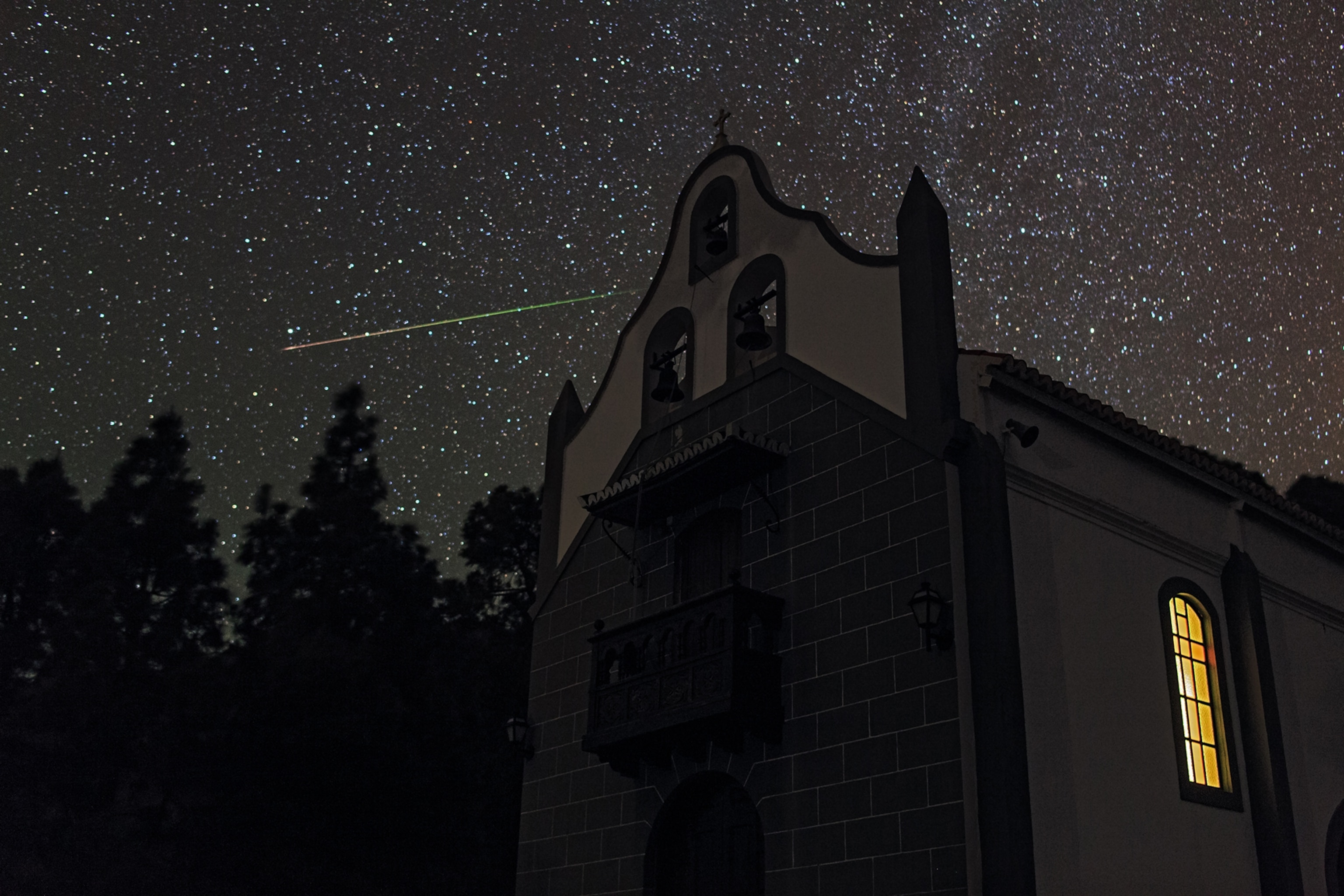
Meteor outburst predicted for this weekend: When and where to see it
Conditions are looking good this year for the Ursid meteor shower to potentially see double or even triple the hourly rates under a mostly moonless night sky.
Just in time for the holidays, sky-watchers in the Northern Hemisphere may get a celestial gift this week, in the form of a flurry of shooting stars.
The annual Ursid meteor shower is set to peak on the evening of December 22 and into the predawn hours of December 23. Normally, this shower is more of a trickle, with rates of about 10 to 15 shooting stars an hour, on average. But meteor experts this year are predicting that the Ursids may produce a rare outburst of activity that could ramp up to double or even triple the usual rate.
The Ursids are named after the constellation Ursa Minor, the little bear, which marks the region of the sky from which meteors will appear to radiate. Specifically, the shooting stars will seem to come from just to the left of the bowl of the Big Dipper, the popular asterism that makes up part of Ursa Minor. During the peak, the dipper will hang low in the northern sky for mid-latitude observers.

Even if the outburst does not happen, the Ursids promise to be a better show than the Geminids last week, which were mostly washed out by the nearly full moon. During the the Ursids, the waning crescent moon won’t rise until after 4 a.m. local time, so skies should be dark enough to spot even the fainter meteors.
Comet connection
In general, annual meteor showers happen when Earth slams into a stream of debris left behind by a passing comet. As the icy object nears the sun, it sheds dust and rocky pieces that accumulate in its orbital path. When these mostly sand-grain-size particles hit our atmosphere, they burn up in spectacular displays.
The particles that create the Ursid shower were shed many centuries ago from the comet 8P/Tuttle, which is due to swing by the sun again in August 2021. Every year like clockwork, Earth plows through the debris filament left behind by this icy visitor. But because of their relatively low rates and the cold winter timing, observing records have been sparse. People only first noticed the Ursids in Europe back in 1900.
This year, however, astronomers are forecasting the rare outburst because it seems that Earth will cross through a particularly dense stream of material left behind by the shower’s parent comet.
“We may have a chance to see the filament from comet 8P/Tuttle, which is a Halley-type comet that can accumulate dust just after the position of the comet itself,” says meteor expert Peter Jenniskens, a senior research scientist at the NASA Ames Research Center.
Jenniskens predicts that we may see higher numbers of Ursids in the hours before and after 4:39 p.m. ET (21:39 UT) on December 22. This means sky-watchers in North America, Europe, and Asia should look for potential outburst activity on the evening of the 22nd.
As with most meteor showers, viewers won’t need binoculars or telescopes to enjoy the show. Just find a spot with a clear view of the overhead sky as far from city lights as possible—and make sure to keep warm.
“Don’t expect a big shower,” Jenniskens says, “but the good thing is that there is no moon this year, so it is worthwhile to keep an eye on the shower this year during that time period.”
Clear skies!





